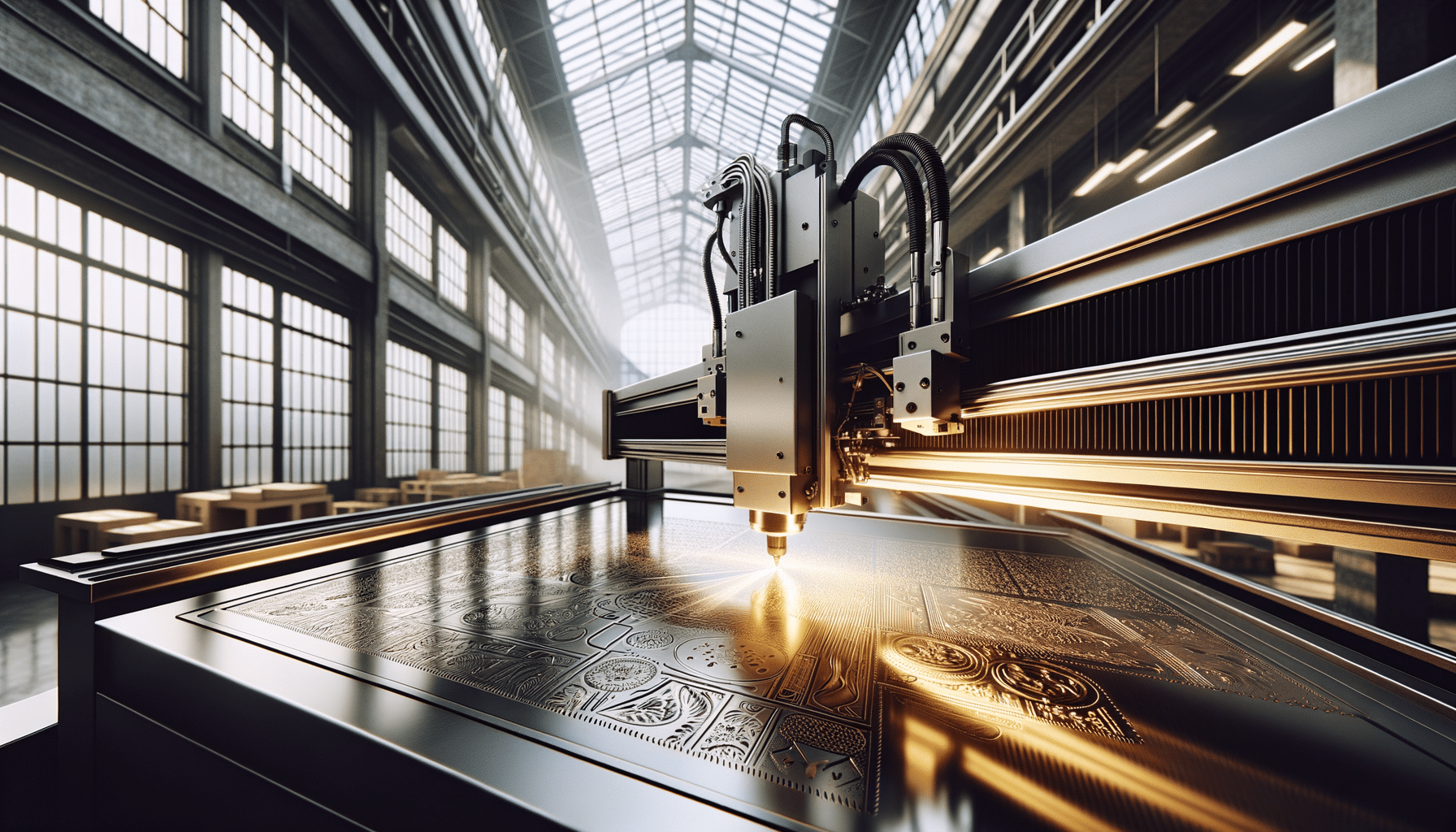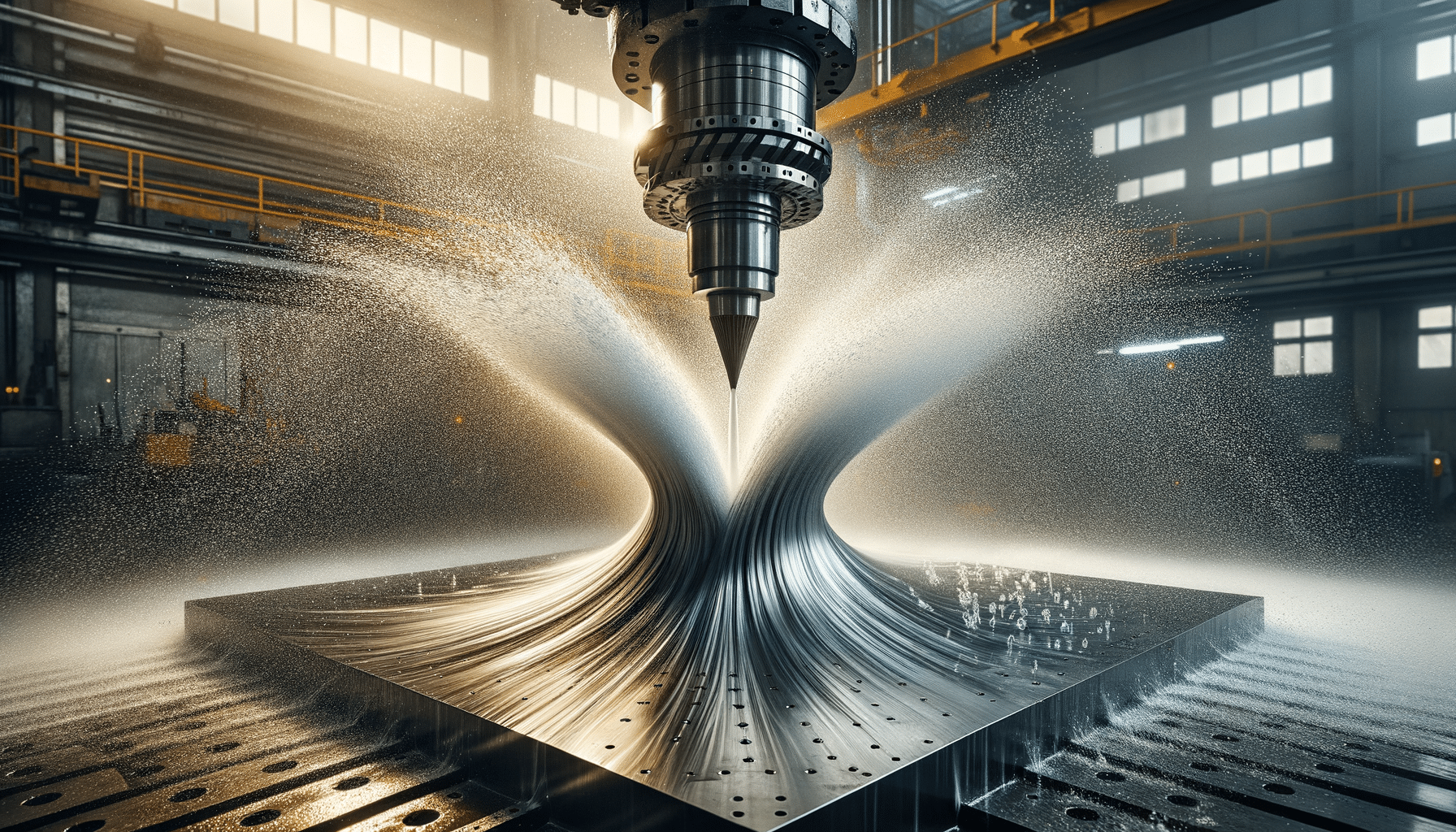
Learn more about laser engraving
Introduction to Laser Engraving
Laser engraving has emerged as a revolutionary technique in various industries, known for its precision and versatility. This process involves using a laser beam to etch designs, logos, and texts onto a variety of materials, creating intricate patterns that are both durable and aesthetically pleasing. The importance of laser engraving lies in its ability to provide detailed customization, making it highly relevant for applications ranging from industrial manufacturing to personalized gifts.
How Laser Engraving Works
At its core, laser engraving involves using a focused laser beam to remove material from the surface of an object. This is achieved through the high-intensity light of the laser, which heats the material to a point where it vaporizes or burns away, leaving behind a permanent mark. The process is controlled digitally, allowing for precise and consistent results.
The laser engraving process typically involves three main components:
- Laser Source: This is the device that generates the laser beam. Different types of lasers, such as CO2, fiber, and diode lasers, are used depending on the material being engraved.
- Controller: This is the software that manages the laser’s movements and intensity, ensuring that the engraving is accurate and consistent.
- Surface: The material onto which the laser is applied. Common surfaces include wood, metal, plastic, and glass.
One of the advantages of laser engraving is its ability to handle complex designs with high accuracy. This makes it particularly useful in industries where precision is paramount, such as electronics and medical device manufacturing.
Applications of Laser Engraving
Laser engraving is employed across a wide range of industries due to its adaptability and precision. Some key applications include:
- Manufacturing: Used for marking parts with serial numbers, barcodes, and other critical information.
- Jewelry: Engraving intricate designs on metal and gemstones, adding a personal touch to each piece.
- Gifts and Awards: Personalizing items such as plaques, trophies, and custom gifts, making them memorable keepsakes.
- Signage: Creating detailed signs and nameplates for businesses and institutions.
Each application highlights the versatility of laser engraving, demonstrating its ability to produce both functional and decorative items with ease.
Advantages of Laser Engraving
Laser engraving offers several advantages over traditional engraving methods, making it a popular choice for many businesses and hobbyists. Some of these benefits include:
- Precision: The high level of detail achievable with laser engraving is unmatched, allowing for intricate designs and small text to be engraved clearly.
- Speed: Laser engraving is a quick process, capable of producing high volumes of engraved items in a short amount of time.
- Durability: The marks created by laser engraving are resistant to wear and tear, ensuring longevity.
- Versatility: Suitable for a wide range of materials, including metals, plastics, wood, and glass.
These attributes make laser engraving an attractive option for industries that require high-quality, durable marking solutions.
Choosing the Right Laser Engraving Machine
When selecting a laser engraving machine, several factors should be considered to ensure optimal performance and results. These include:
- Type of Material: Different lasers are suited to different materials. For example, CO2 lasers are ideal for organic materials like wood and leather, while fiber lasers are better for metals.
- Size and Power: The size of the machine and its power output should match the volume and type of work you plan to do.
- Software Compatibility: Ensure the machine’s software is compatible with your design tools and can handle the complexity of your projects.
- Budget: Laser engraving machines vary widely in price, so it’s important to find a model that fits your budget while meeting your needs.
By carefully evaluating these factors, you can select a laser engraving machine that will deliver exceptional results for your specific applications.
Conclusion: The Impact of Laser Engraving
Laser engraving stands out as a powerful tool in both industrial and creative domains, offering unmatched precision, versatility, and efficiency. Its ability to transform ordinary materials into personalized and functional items has made it a staple in various industries. Whether you’re a manufacturer seeking reliable marking solutions or an artist looking to add a unique touch to your creations, laser engraving provides a pathway to innovation and quality. As technology continues to advance, the potential applications for laser engraving are bound to expand, solidifying its place as a key player in modern manufacturing and design.


